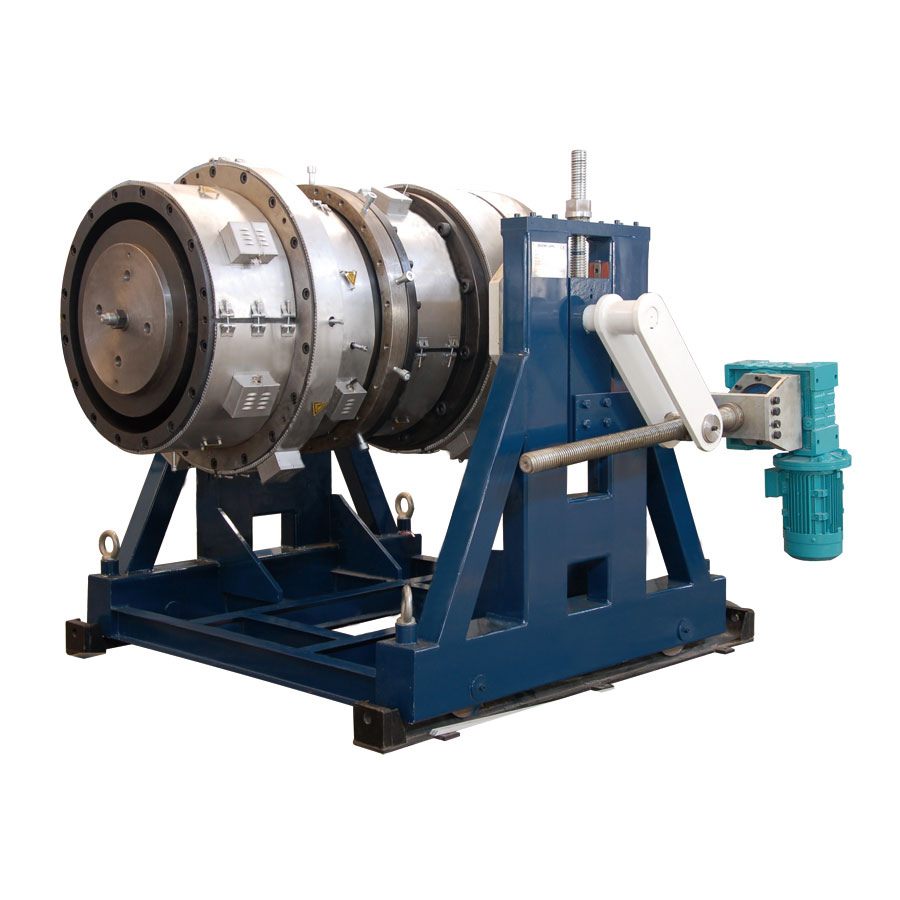- English
- Español
- Português
- русский
- Français
- 日本語
- Deutsch
- tiếng Việt
- Italiano
- Nederlands
- ภาษาไทย
- Polski
- 한국어
- Svenska
- magyar
- Malay
- বাংলা ভাষার
- Dansk
- Suomi
- हिन्दी
- Pilipino
- Türkçe
- Gaeilge
- العربية
- Indonesia
- Norsk
- تمل
- český
- ελληνικά
- український
- Javanese
- فارسی
- தமிழ்
- తెలుగు
- नेपाली
- Burmese
- български
- ລາວ
- Latine
- Қазақша
- Euskal
- Azərbaycan
- Slovenský jazyk
- Македонски
- Lietuvos
- Eesti Keel
- Română
- Slovenski
- मराठी
- Srpski језик
How to effective use Spiral Die-head UL
2025-06-16
To effectively use a Spiral Die-head with UL certification (typically for plastic pipe extrusion, such as PE, PVC, or PP), follow these structured steps to maximize product quality, machine efficiency, and safety compliance:
1. Understand the UL Certification Purpose
UL (Underwriters Laboratories) certification means:
The die-head and possibly the full extrusion system meets safety, material, and performance standards.
Products manufactured using this equipment can more easily meet UL-listed product requirements (important for U.S. markets, especially in electrical conduit, water/gas pipes).
2. Prepare the Spiral Die-head for Use
Before startup:
Inspect the die-head and spiral distributors for blockages or contamination.
Make sure heating zones and thermocouples are calibrated.
Align the die-head properly with the extruder and calibration unit to avoid eccentric wall thickness.
3. Optimal Processing Conditions
Set according to resin and pipe specs:
Temperature Profile: Usually 170–230°C for PE/PP; lower for PVC. Maintain gradual heat increase from rear to front.
Melt Pressure: Maintain consistent melt pressure; irregularity can cause wall thickness variations.
Flow Balancing: Spiral design naturally promotes uniform melt distribution, but:
Use melt flow simulation data if available.
Check wall thickness around the pipe circumference for uniformity.
4. Material Considerations
To meet UL standards, use UL-approved resins:
For UL 651 conduits, use UL-listed PE or PVC grades.
For gas/water pipes, ensure resin meets UL 1285, UL 94, or relevant standards.
5. Maintenance Tips
Regular maintenance extends tool life and maintains UL compliance:
Daily: Clean the die lips, check for carbonized material.
Weekly: Check spiral channels for blockage, uneven wear.
Monthly: Disassemble (if modular) and ultrasonically clean spiral distributors and flow channels.
6. Quality Control
Use inline or offline QC to match UL specifications:
Wall thickness gauge
Ovality and diameter sensors
Impact and pressure tests (especially if UL performance specs apply to the final pipe)
7. Avoid Common Mistakes
Don't run different materials without proper purge (PVC → PE transitions can degrade material).
Avoid high melt temperatures that can cause gel or scorch marks.
Misaligned die-head can violate UL tolerance specs and cause certification failure.
8. Process Optimization
Use co-extrusion ports effectively if producing multi-layer pipes (e.g., colored stripe layers or barrier layers).
Match spiral die-head size and type to the target pipe diameter and wall thickness.




